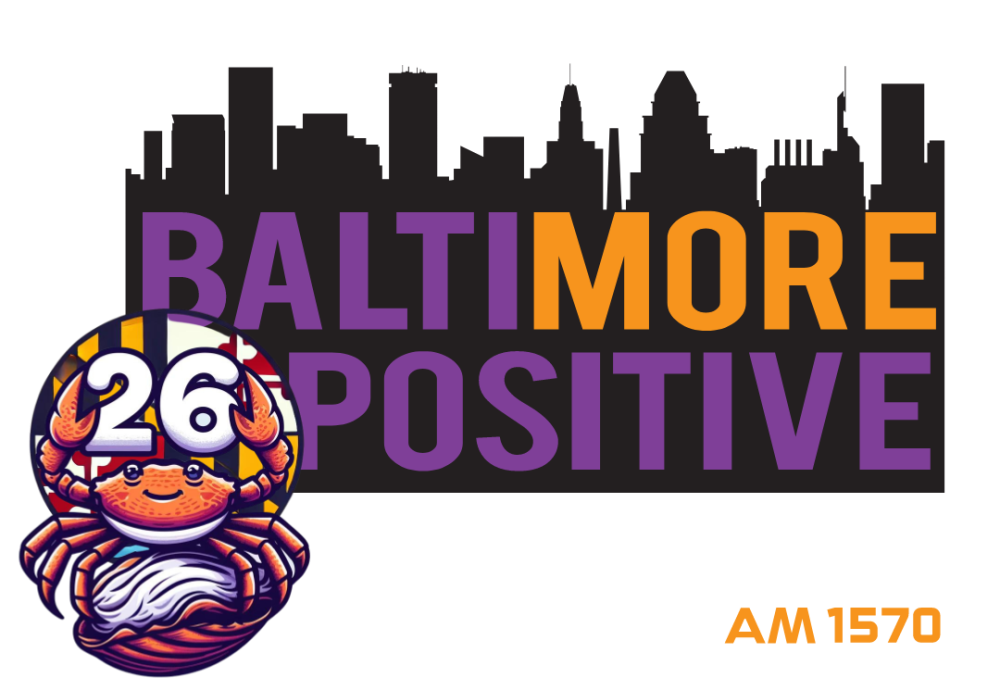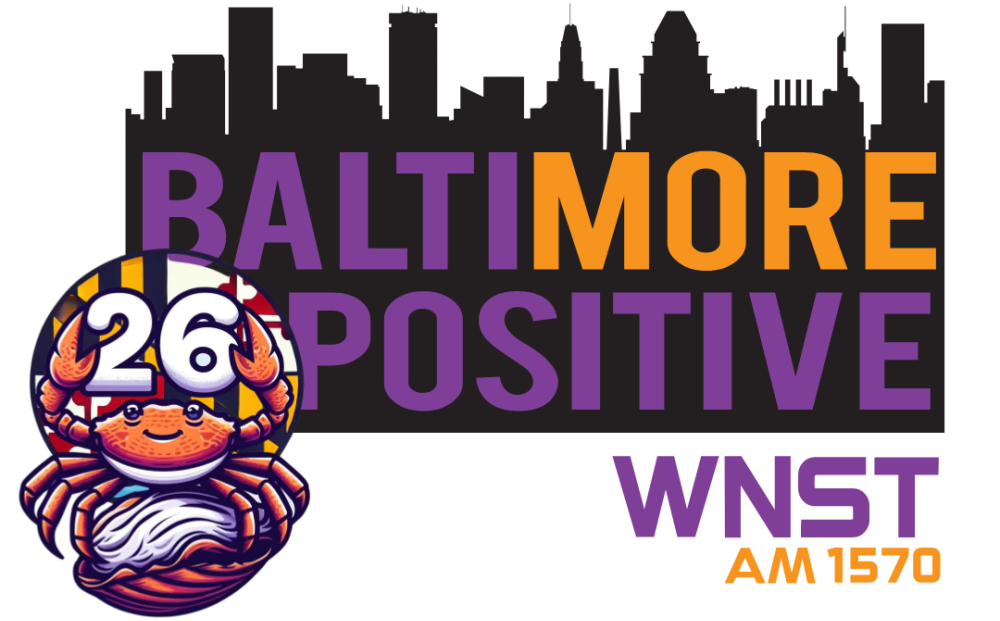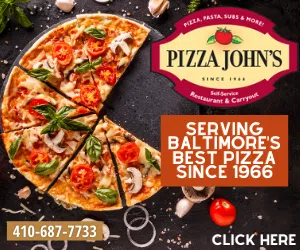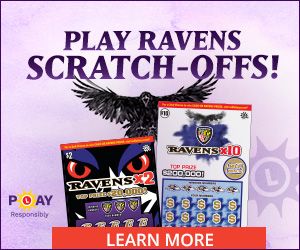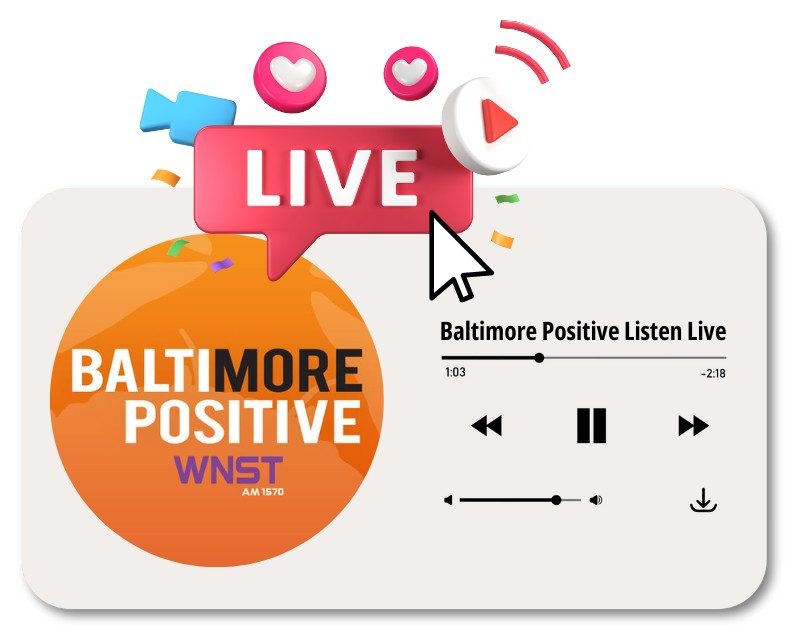Orioles first baseman Chris Davis hit one “right on the screws” in the eighth inning of Saturday’s loss, as manager Brandon Hyde described it.
After quickly falling behind 0-2, Davis fouled off two mid-90s fastballs from New York Yankees reliever Chad Green and took two pitches to work the count even. It was a competitive at-bat that ended with him making hard contact, regardless of the unsuccessful outcome.
That we’re breaking down a routine grounder to the first baseman in the eighth game of the season, however, illustrates how extraordinary this problem has become with someone in the midst of a seven-year, $161 million contract running through 2022. Davis concluded Sunday hitless in his first 27 plate appearances of 2019 and is now 0-for-44 since collecting his last hit last Sept. 14. That leaves him two at-bats shy of the longest hitless streak by a non-pitcher in major league history, set by Eugenio Velez from 2010-11.
But this story is no longer about futility records or punchlines, though they will certainly persist in the foreseeable future. This isn’t a “slump” or something easily explained by the simplistic theories we’ve all heard or discussed at times, ranging from the effects of infield shifting to the aftermath of Davis’ 2014 suspension for Adderall use. It isn’t a debate about whether fans paying big-league prices should boo their own players, though we do need to remember this is still a human being when the criticisms turn too personal.
This situation grows more uncomfortable by the day with Davis’ historic fall from being a useful major league player contrasting with an Orioles club focused solely on the future. That was never more evident than in the home opener when Davis struck out three times — the boos intensifying with each one — and was replaced by Hanser Alberto in his final scheduled at-bat. The utility infielder sporting a career .489 on-base plus slugging percentage — worse than Davis’ .539 mark last year — received a rousing ovation simply because he was someone else stepping to the plate.
Even the loudest critics of the Davis contract three years ago never predicted it going this poorly this soon, but to continue this partnership much longer in its current state is unfair to virtually everyone involved.
With Davis still owed more than $100 million when accounting for deferred money, the hope was a new analytic-minded front office and coaching staff might be able to help him make the adjustments to become a passable major leaguer again like he was as late as 2017. In 44 plate appearances in the Grapefruit League against various levels of pitching, however, Davis batted .189 with three home runs and 19 strikeouts. So far, he’s struck out in nearly half of his plate appearances in the regular season.
Manager Brandon Hyde continues preaching patience and is doing his best to note positives, but it’s evident the new regime is already handling Davis differently as he batted seventh, was benched against two lefty starters, and was pinch-hit for two other times over the first nine games. The 33-year-old didn’t start on Saturday despite owning nearly twice as many career homers as the entire Baltimore starting lineup combined.
“Chris is on the team, and we’re going to support Chris like I support everybody else,” Hyde said. “I feel like I have a really good relationship with Chris and I’m behind Chris. I know our coaching staff is as well, and I couldn’t be happier for what he’s put in so far this year and how he’s gone about his business. It just hasn’t happened yet. From spring training, he really has been focused to improve. He’s been a team guy, done unbelievable in defensive drills, has worked really good with the hitting coaches. He’s been present every single day and is a nice voice in our clubhouse. He’s just off to a slow start. And I’m going to support him, and I’m not going to stop supporting him. He’s one of 25 guys that I’m going to be positive with, and I want to believe he’s going to turn it around.”
As much as general manager Mike Elias and Hyde wanted to take a clean-slate approach with incumbents and wouldn’t draw any conclusions based solely on 27 plate appearances so far this season, no one can ignore Davis’ rapid decline since 2016. Even breaking the nightmare body of work into smaller pieces for signs of short-term success, Davis hasn’t produced a single month with an OPS above .800 since May of 2017. The last time he produced an OPS above .750 — a decent mark at best — was August of 2017. Since then, his best month has been a .695 OPS last July that was buoyed by six home runs and still accompanied by a .169 average.
So far in 2019, Davis is striking out more frequently than ever, making less contact than ever, and swinging less frequently than ever. Small sample sizes, yes, but part of a much larger historic decline showing no evidence of changing course for the better.
That brings us to ownership and what the endgame is with Davis remaining on a rebuilding club at this point. Even if he magically rediscovers his stroke, there isn’t a single club who would take as much as a phone call about a trade involving Davis, and his contract will be expiring right around the time the Orioles realistically hope to be competitive again. Hyde’s comments reflect favorably on Davis’ character, but it’s a hard sell to get anyone to buy into what the Orioles are doing for the long haul if Davis continues to play and remains on the roster without substantial improvement sooner than later. You can only imagine how such intense failure impacts any individual and their personality, leaving one to wonder if that would be the healthiest environment for younger players trying to find their way.
The greatest of cynics might even suggest this situation could become a game of “chicken” in which the Orioles hope Davis will grow so despondent and humiliated from failure that he’ll quit, which would allow the organization to recover money. But remember we’re talking about a human being — albeit a highly-paid one — whom the Orioles were never forced to sign to a guaranteed contract three years ago. Davis is far from perfect and deserves great criticism for his play, but you don’t get to the point he did in his career without caring about your craft, even if not always taking the proper steps.
As various theories will continue to be discussed, it becomes more likely that his once-impressive talents simply aren’t there anymore, especially if a front office with new information and technology and a new coaching staff with fresh eyes and ideas can’t help him make any improvement. To deliberately prolong that reality in hopes of “breaking” him would be wrong.
Ultimately, this is a decision falling at the feet of Louis and John Angelos as there isn’t a general manager in professional sports who’d be able to jettison a player still owed nine figures without ownership’s approval. The Angelos sons made excellent hires in luring Elias and analytics guru Sig Mejdal away from Houston, but their next test will be how much longer they allow the Davis saga to play out.
The organization having the conviction to want to give him a little more time in a new season to try to figure it out is fine, but his start makes the need for a long-term plan and exit strategy that much more urgent, especially with legitimate prospect Ryan Mountcastle now playing first base at Triple-A Norfolk. The Orioles shifting Trey Mancini to a corner outfield spot these last couple of years is one thing, but Davis also hindering Mountcastle’s development would add organizational malpractice to an already-painful sunk cost.
Whether a long-term stint on the injured list for Davis to try to rebuild his swing in Sarasota or an outright release by a certain date is in the cards, the Orioles can no longer just sit back and assume — or even pray — this will get better.
How fans already being asked to endure a lengthy rebuild reacted in the first home game of the season made it evident how uncomfortable this has become for everyone.
